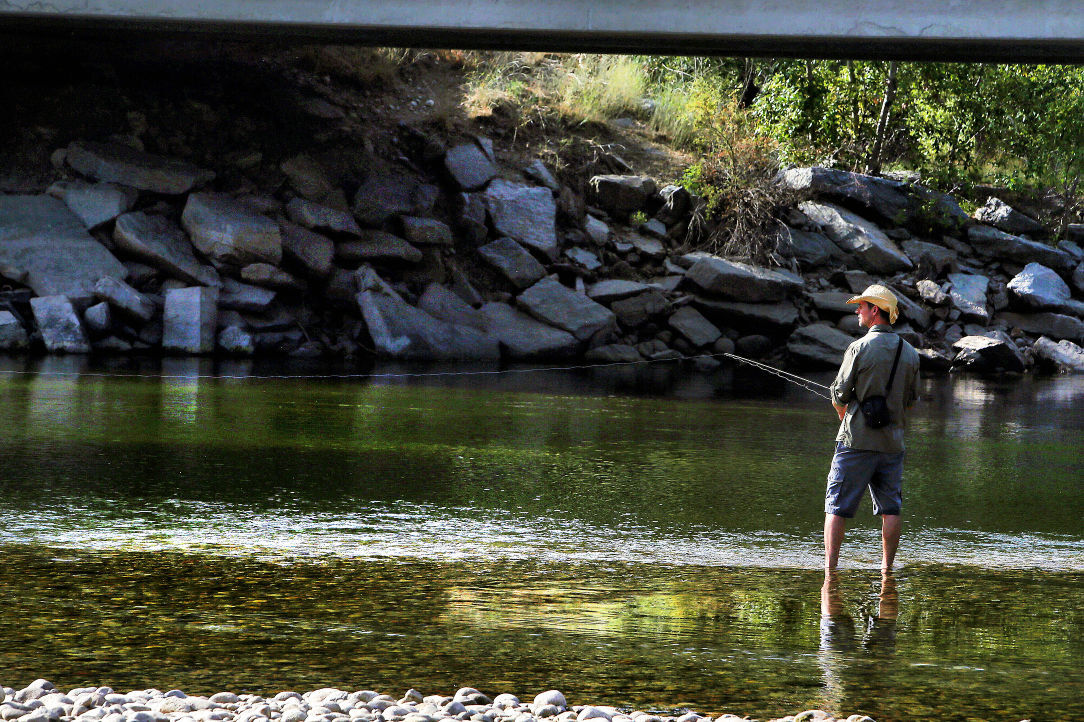
Bitterroot River fishermen are starting their annual wait for flows to drop low enough for good fishing to return.
Writing about fly fishing in late August is difficult when you look out the window and what you see is the smoky and hazy conditions in the Bitterroot.
Are there any positive things happening on the river? Is the fishing great, good, average or poor? You have to be on the river regularly to give an accurate report to those who wait in anticipation to start their trip tomorrow.
Fly shops are a great source for this information and we all depend heavily on the fishing reports from the guides as they come in to share the information with the fly shop employees.
Smoke and haze can be great for the fish but poor for the fisherman. A hypothesis was written in 2018 to test the theory that wildfire smoke was good for fish.
The abstract written said that wildfire smoke could cool the summer river temperatures by attenuating solar radiation, air temperatures, precipitation, river discharge and water temperatures on the Lower Klamath River Basin in Northern California.
If this is true then the Bitterroot should exhibit the same conditions with the wildfire smoke that is entering our valley. The abstract goes on to say that smoke reduced radiation in their study and cooled the air temperatures about one degree centigrade. The average temperature change in the water was 1.32 degrees centigrade in twelve of the river and stream locations that were analyzed.
This smoke induced cooling has the potential to benefit cold water adapted species, particularly because wildfires are more likely to occur during the warmest and driest years and seasons. Remember that this is a theory only and even though the reduction in temperatures were measured there was no study done on the fish to see the reaction and health conditions during this cooling event.
This doesn’t mean a whole lot to the average fisherman because we can measure the water temperatures ourselves with a water thermometer and find out the part of the day when the temperatures are the coolest. USGS does a pretty good job of keeping track on some spots of the Bitterroot but accuracy can only be approximate.
For example the water temperatures at the Darby measuring station can be from 56 degrees F to 63 degrees F in one day and at the Missoula measuring station the temperatures range from 60 degrees to 72 degrees F during the same day.
The coolest water temperatures hours of the day are in the early morning and this is usually the best time for the fish to move around and feed. As the day warms up the insects begin to hatch and the fish become more active in the feeding lanes. In the late morning and early evening hours the water temperatures are the highest and the fish are not as active feeding on top of the water surface. This is the best time to use your nymphs and streamers to coax the fish our of their hiding holes.
Good Fishing,
Bill Bean.
Subscribe to our Daily Headlines newsletter.
August 30, 2020 at 05:27AM
https://ift.tt/32wwsQI
Fishermen might not smoke, but fish do - Ravalli Republic
https://ift.tt/35JkYuc
Fish

No comments:
Post a Comment